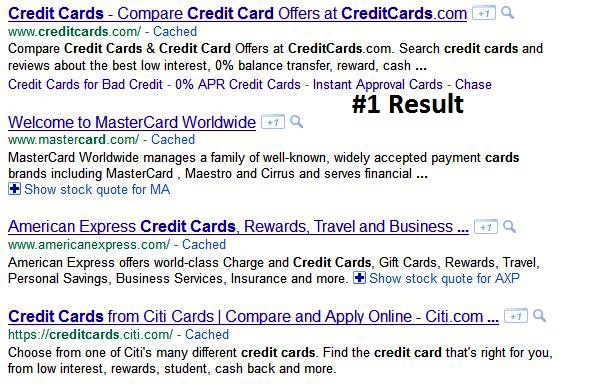As any experienced SEO consultant will tell you, you should incorporate your SEO strategy into the site planning process long before your site goes live. Your strategy should be well outlined before you make even the most basic technology choices, such as the hosting platform and your CMS. However, this is not always possible—and in fact, more often than not an SEO professional will be brought in to work on a site that already exists.
Regardless of when you start, there are a number of major components to any SEO plan that you need to address long before you research the first title tag.
As we already suggested, SEO is a technical process, and as such, it impacts major technology choices. For example, a CMS can facilitate—or, possibly, undermine—your SEO strategy. Some platforms do not allow you to have titles and meta descriptions that vary from one web page to the next, create hundreds (or thousands) of pages of duplicate content, or make a 302 (temporary) redirect the default redirect. All of these things could be disastrous for your website.
This problem also exists with web servers. For example, if you use Internet Information Services (IIS), the default redirect choice is a 302 (as we will explain in Chapter 6, a 301 [permanent] redirect is essential for most redirect applications). You can configure IIS to use a 301 redirect, but this is something you need to understand how to do and build into your SEO plan up front.
Another critical factor to understand is the nature of the market in which you are competing. This tells you how competitive the environment is in general, and augmented with additional research, you can use this information to tell how competitive the SEO environment is.
In some markets, natural search is intensively competitive. For instance, Figure 4-1 shows the December 2012 Google results for credit cards. In this market, Visa, MasterCard, American Express, and Discover all fail to make the #1 position in Google’s results, suggesting that the market is highly competitive.
This does not mean you should give up on the market, especially if it is already the focus of your business; however, you might choose to focus your SEO efforts on less competitive terms that will still bring you many qualified leads.
Another method you can use to get a very quick read on competitiveness is using a keyword tool such as the Google Traffic Estimator (https://adwords.google.com/select/TrafficEstimatorSandbox) to see what your cost per click would be if you bid on your target phrase in a PPC campaign.
As you will see in Chapter 7, getting third parties to link their websites to yours is a critical part of SEO. Without inbound links, there is little to no chance of ranking for competitive terms in search engines such as Google, whose algorithm relies heavily on link measuring and weighting criteria.
An early part of the SEO brainstorming process is identifying the great places to get links, as well as the types of content you might want to develop to encourage linking from other quality websites. Note that we, the authors, advocate pursuing few, relevant, higher-quality links over hundreds of low-quality links, as 10 good links can go much further than thousands of links from random blog posts or forums. Understanding this will help you build your overall content plan. The authors also have noticed a strong increase in text link spam being utilized by SEO practitioners, in the form of mass-produced article, forum, and blog postings with keyword text links in the name and/or signature. At the time of this second edition’s publishing, Google specifically was still rewarding this behavior for many queries, allowing websites whose backlink profiles are overwhelmingly link-spammy to rank on the first page of results. The authors strongly believe that this dubious practice is ill-fated and will be targeted and flushed out by Google in the future. We do not recommend using this strategy.
The driver of any heavy-duty link campaign is the quality and volume of your content. If your content is of average quality and covers the same information dozens of other sites have covered, it will not attract many links. If, however, you are putting out quality content, or you have a novel tool that many will want to use, you are more likely to receive external links.
At the beginning of any SEO campaign, you should look at the content on the site and the available resources for developing new content. You can then match this up with your target keywords and your link-building plans to provide the best results.
Of course, most companies have branding concerns as well. The list of situations where the brand can limit the strategy is quite long, and the opposite can happen too, where the nature of the brand makes a particular SEO strategy pretty compelling. Ultimately, your goal is to dovetail SEO efforts with branding as seamlessly as possible.
Your SEO strategy can also be influenced by your competitors’ strategies, so understanding what they are doing is a critical part of the process for both SEO and business intelligence objectives. There are several scenarios you might encounter:
The competitor discovers a unique, highly converting set of keywords.
The competitor discovers a targeted, high-value link.
The competitor saturates a market segment, justifying your focus elsewhere.
Weaknesses appear in the competitor’s strategy, which provide opportunities for exploitation.
Understanding the strengths and weaknesses of your competition from an SEO perspective is a significant part of devising your own SEO strategy.
Get The Art of SEO, 2nd Edition now with the O’Reilly learning platform.
O’Reilly members experience books, live events, courses curated by job role, and more from O’Reilly and nearly 200 top publishers.


